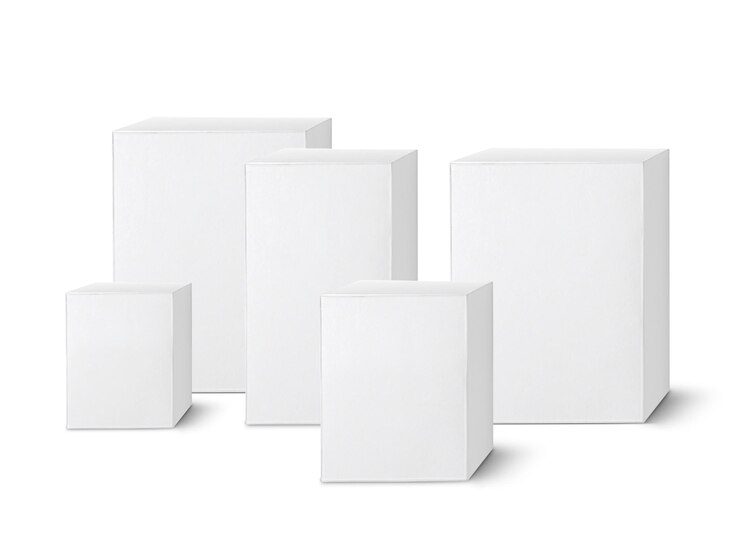White squares might seem like a simple concept, but they hold immense importance across various fields, from design to architecture and beyond. This blog post explores the multifaceted nature of white squares, unveiling their potential and influence within your professional and personal interests. By the end, you’ll have a deeper understanding of how these seemingly straightforward shapes play a significant role in our lives, offering practical applications and insights into future trends.
Understanding the White Square
The term “white square” refers to a geometric shape that is often perceived as basic and unassuming. Yet, its simplicity offers a blank canvas for creativity and innovation. White squares are used in various contexts, including digital interfaces, architectural designs, and artistic compositions. They serve as building blocks that can be adapted to suit different needs, making them versatile and essential in design thinking.
In the world of design, white squares provide much-needed balance and contrast. They act as negative space, helping to direct attention and create a clean, organized appearance. Their neutrality allows other elements to shine while maintaining harmony, making them indispensable in layouts and compositions. White squares also play a pivotal role in user interface design, where they contribute to readability and user experience by offering clarity and focus.
Beyond design, white squares have made their mark in digital technology. They are integral to pixel-based graphics, where each square represents a unit of color and contributes to the overall image. This is crucial in various fields, such as gaming, virtual reality, and digital art, where precision and detail matter. By understanding their function, creators can harness the power of white squares to enhance visual experiences and deliver impactful results.
Historical and Cultural Relevance of White Squares
The significance of white squares extends beyond their practical uses. They have played a vital role in art and culture throughout history, symbolizing purity, minimalism, and balance. The famous artist Kazimir Malevich, for instance, introduced the concept of Suprematism, which focused on basic geometric shapes like the white square to convey pure artistic expression. His iconic work, “Suprematist Composition: White on White,” challenged conventional art norms and inspired future generations to explore abstraction.
In architecture, white squares have been employed to create sleek, modern structures that emphasize simplicity and functionality. The Bauhaus movement, known for its minimalist approach, utilized white squares to achieve a sense of order and precision. This style has influenced countless architects and designers, who continue to incorporate these elements into their work today.
Culturally, white squares have also been used in various traditions and practices. In Japan, for example, the concept of “Ma” emphasizes the importance of empty spaces, akin to the use of white squares in design. This philosophy highlights the idea that less is more and that simplicity can evoke powerful emotions and connections. By recognizing the cultural significance of white squares, we can appreciate their impact on our collective consciousness and creativity.
The Impact of White Squares in the Design Industry

White squares have left a lasting impression on the design industry, where they continue to shape trends and innovations. Case studies reveal their effectiveness in enhancing visual communication and improving user experiences. For example, Apple’s user interface design relies heavily on white squares to create a sense of elegance and simplicity. By incorporating these elements, Apple has set a standard for intuitive and visually appealing products that resonate with consumers worldwide.
In graphic design, white squares play a crucial role in creating balance and harmony. They are often used to separate content, making it easier for viewers to digest information and navigate layouts. Designers like John Maeda have championed the use of white squares in their work, promoting the idea that simplicity can lead to greater creativity and understanding.
The impact of white squares extends to advertising as well. Brands leverage them to establish a sense of trust and reliability, using minimalistic designs that evoke sophistication and clarity. By understanding the power of white squares, marketers can create compelling visuals that captivate audiences and drive engagement.
Practical Applications and Creative Uses of White Squares
White squares offer numerous practical applications and creative opportunities for individuals and businesses alike. In interior design, they can be used to create a sense of openness and tranquility, transforming spaces into inviting environments. By strategically placing white square tiles, furniture, or accents, designers can achieve a minimalist aesthetic that fosters relaxation and focus.
For artists, white squares provide a blank canvas for experimentation and exploration. They can be used as a starting point for new compositions or as a backdrop for showcasing bold colors and intricate details. By incorporating white squares into their work, artists can challenge traditional boundaries and push the limits of their creativity.
In education, white squares serve as valuable tools for teaching fundamental concepts. They can be used to explain geometric principles, demonstrate patterns, and encourage critical thinking. By utilizing white squares, educators can engage students and foster a deeper understanding of mathematical and artistic concepts.
Future Trends and Innovations in the World of White Squares

As technology continues to advance, we can expect to see new applications emerge in fields such as augmented reality, artificial intelligence, and sustainable design. These developments will open up new avenues for creativity and exploration, allowing us to redefine the role of white squares in our lives.
In the realm of digital art, white squares will play a pivotal role in creating immersive experiences. Artists will harness the power of technology to manipulate these geometric shapes, crafting unique and dynamic compositions that transcend traditional mediums. This fusion of art and technology will push the boundaries of what is possible, leading to groundbreaking creations that captivate audiences.
Sustainability is another area where white squares will make their mark. Designers will explore eco-friendly materials and techniques to create sustainable products that minimize waste and environmental impact. By incorporating white squares into their designs, they can achieve a balance between aesthetics and functionality, paving the way for a more sustainable future.
Conclusion
White squares may seem simple, but their impact is anything but. From design and technology to art and culture, they have shaped our world in profound ways. By understanding their significance and potential, we can harness the power of white squares to drive innovation and creativity in our lives.







